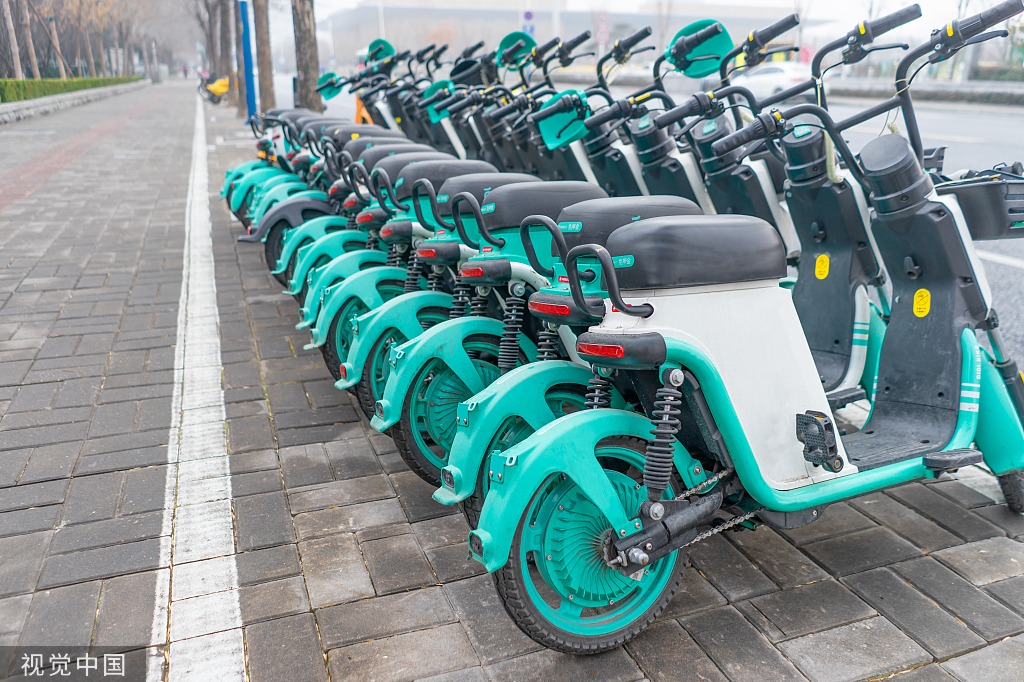China to develop culture into pillar industry by 2020
Xinhua | Updated: 2017-05-09 13:46
 |
| Pyrography works on display at a cultural industries fair. [Photo by Feng Minghui/chinadaily.com.cn] |
China is planning to develop its cultural industry into a pillar of the national economy by 2020 by upgrading its industrial structure, fostering major brands and boosting consumption, according to a government blueprint made public Sunday.
Issued by the general offices of the Communist Party of China (CPC) Central Committee and the State Council, the outline for the 13th five-year program (2016-2020) on cultural development and reform said the country will help create cultural enterprise groups with core competitiveness and high market share.
"Several of them should strive to be among the top in the industry globally by 2020," it said.
The government will promote both mergers among state-owned cultural enterprises and cross-ownership mergers and acquisitions.
Newspapers and magazine resources should also be merged or reorganized and news and publishing organizations with long-term financial and operational difficulties should be shut down or revamped, according to the outline.
China vowed to lower the threshold for private capital to access the sector and said it will boost and guide development of non-public cultural companies and support medium-, small- and micro-sized cultural enterprises that are innovative or specialized.
The country will develop a new Internet-based cultural market, according to the document.
State-owned cultural enterprises are encouraged to use the capital market to grow stronger if conditions allow, it said, adding that asset securitization will be promoted in the industry.
In addition, efforts will be made to run major cultural assets and equity exchange platforms well, and encourage state-owned cultural assets to conduct transactions and test exchanges of TV dramas on these platforms, said the outline.
In an effort to boost cultural consumption, trial programs will be carried out to provide subsidies for the poor to buy cultural products.
Support should also be given to build cultural and recreation complexes, art streets, bookstores and small theaters in big and medium-sized cities, according to the outline.
- Intangible cultural heritage makes a splash at Shenzhen fair
- China's cultural industry sees rapid growth in H1
- China cultural industry expands faster in 2016
- Experts: Discovering local characteristics helpful for enriching traditional Chinese festivals
- Silk Road archeologist protects past to promote the new
























